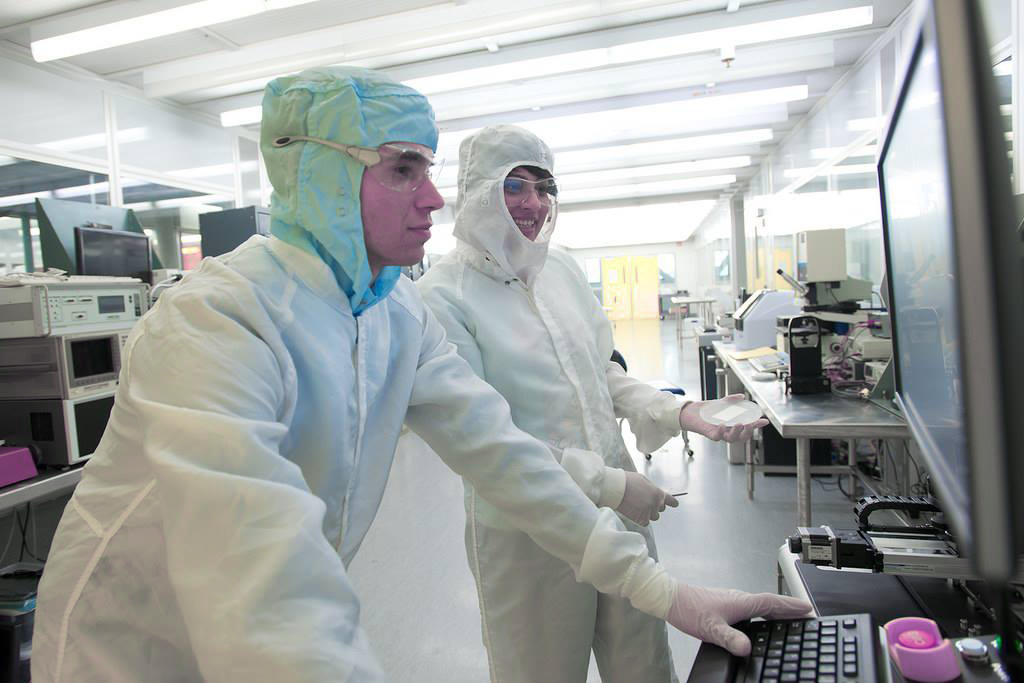Is "GaN" - the new black-gold of our RF world ?

GaN (gallium nitride) offers a clear advantage over today’s technologies in power size and efficiency.
There are many applications of the GaN but what were are going to walk trough here is the RF industry.
If we have to summarize the functions and capabilities of gallium nitride we would use the word "high".
Everything about the GaN is HIGH compared to, for example, GaAs (Gallium Arsenide, which is the mainstream chip of todays RF devices):
- Higher Frequency
- Higher Voltage
- Higher Temperature
- Higher Efficiency
- Higher Durability
You may say: Wait a minute, higher temperature isn't good ? Isn't it ?
- Yes, generally speaking that is true, but however, with intelligent pcb design and proper cooling you get the power and frequency you desire.
History:
Gallium nitride, is not the latest cryptocurrency or something you likely learned about in chemistry classes. GaN is a compound semiconductor that comes in many flavors depending on the application and was originally used space technology and military defence equipment.
Details:
GaN is the generally accepted name, but if we have to be thorough these are the types
- GaN-on-silicon or GaN-on-Si
- GaN-on-silicon carbide or GaN-on-SiC
- GaN-on-germanium or GaN-on-Ge
- GaN-on-diamond
- GaN-on-hexagonal boron nitride or GaN-on-h-BN
No matter the flavor, GaN means power. GaN operates reliably at higher temperatures and over longer lifetimes, making it perfect for aerospace and defense applications in harsh environments. For example, since the 1990s, GaN has been used in space applications, communications systems and active electronically scanned array (AESA) radar.
Until recently, GaN also meant expensive. GaN devices for highly-reliable military applications have traditionally been available in ceramic or metallic packages.
Today, plastic packaging has made GaN more affordable and attractive for commercial markets. Plastic allows for a lighter product and design flexibility, which are both important for commercial applications. Wireless infrastructure providers can also use GaN in plastic packaging to upgrade existing systems, saving time and money for upgrades, without having to create entirely new devices.
GaN for networking
GaN increases RF performance and system efficiency at higher bandwidths, required for today’s high-speed networks. In fact, GaN amplifiers deliver higher output power than legacy technologies, while reducing consumption by as much as 20 percent.
Beyond power savings, GaN supports other green initiatives by greatly reducing material waste and the energy needed to produce line amplifiers made from Gallium Arsenide (GaAs) or silicon. Because of GaN’s inherently rugged thermal properties, it is well suited for next generation networks where long-term reliability is a critical factor.
All of this means lower operating costs for network providers, and more reliable, less expensive wireless services for consumers.
While still in its infancy in networking, GaN has already made a significant impact. In cable TV, GaN has enabled in the rollout of DOCSIS 3.1, a CATV standard that allows cable providers to improve network speeds using existing cable infrastructure.
For example, when your favourite Stranger Things characters are fighting off monsters in high-definition, thank DOCSIS 3.1 (and GaN), and also DTK Electronics and may be Cable TV Trunk Amplifier CTA-1236NT.
« Back to all posts.



